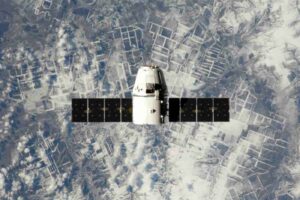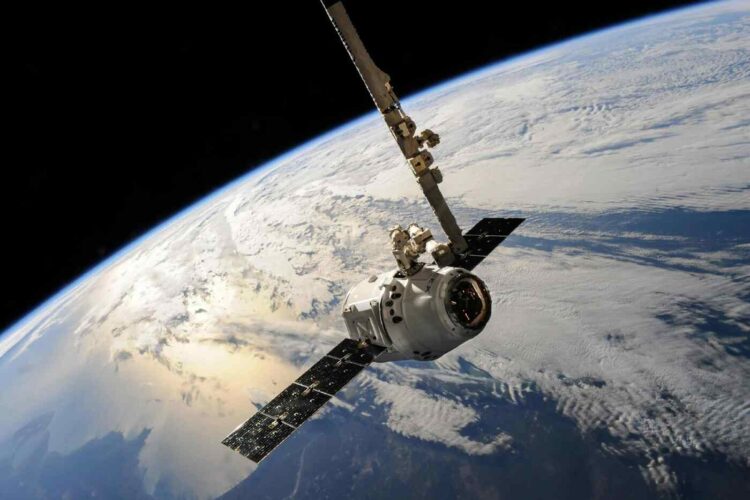In an era where technological advancement and scientific discovery often go hand in hand, a growing conflict between Elon Musk’s Starlink Satellites and astronomers is challenging our ability to explore the cosmos.
Recent findings from the Netherlands Institute for Radio Astronomy (ASTRON) have shed light on an unexpected consequence of our interconnected world: the interference of satellite networks with our quest to understand the Universe’s meaning.
According to a study published in the journal Astronomy and Astrophysics, radio waves emanating from Elon Musk’s expanding Starlink satellite network are severely impeding scientists’ capacity to peer into the depths of space. This interference is not just a minor inconvenience; it’s potentially hindering crucial astronomical research that aims to unravel the mysteries of our cosmic home.
Professor Jessica Dempsey, director of ASTRON, paints a stark picture of the situation: “Every time more of these are launched with these kinds of emission levels, we see less and less of the sky.” The implications of this are profound, affecting our ability to study phenomena ranging from the jets emitted by supermassive black holes at galactic centers to the earliest galaxies formed millions of light-years away.
The culprits in this celestial drama are the second-generation (V2) Starlink satellites, which have been found to produce interference 32 times stronger than their predecessors. This level of electromagnetic radiation exceeds regulations set by the International Telecommunications Union, raising concerns about the future of ground-based astronomy.
To put this in perspective, lead author Cees Bassa likens the brightness of the satellite interference to comparing “the faintest stars visible to the naked eye and the brightness of the full Moon.” This analogy helps us grasp the magnitude of the problem faced by radio astronomers trying to capture the faintest signals from the cosmos.
The issue extends beyond radio astronomy. Scientists are also worried about light pollution from these satellites interfering with optical telescopes, potentially compromising our ability to capture the perfect universe picture that could lead to groundbreaking discoveries.
While Starlink satellites provide invaluable internet connectivity to remote areas worldwide, including challenging environments like Ukraine and Yemen, the scientific community argues that this progress shouldn’t come at the expense of our ability to study the universe. Robert Massey, Deputy Executive Director of the Royal Astronomical Society in the UK, emphasizes the importance of all scientific endeavors: “It’s wrong to say that there is some science that you can simply dismiss. The applications may be decades or even longer in the future but they can be very fundamental and very important.”
The situation is rapidly escalating. With an estimated 6,402 Starlink satellites currently orbiting Earth at an altitude of about 342 miles (550km), and projections suggesting that the number of satellites in orbit could surpass 100,000 by 2030, urgent action is needed to mitigate this cosmic interference.

Astronomers are calling for more regulation of space and satellite operations to prevent scientific work from being compromised. They suggest that SpaceX, as the largest provider of satellites, could set a standard for limiting pollution. Simple measures, such as shielding satellite batteries, could significantly reduce the emitted radiation.
However, without prompt action, Professor Dempsey warns of a future where “very soon the only constellations we will see will be human-made.” This stark prediction underscores the urgency of finding a balance between technological progress and our ability to explore and understand the universe.
As we continue to push the boundaries of both terrestrial connectivity and space exploration, it’s crucial that we find ways to harmonize these endeavors. The quest for universal internet access and the pursuit of cosmic knowledge need not be mutually exclusive. By addressing these challenges head-on, we can hope to maintain our window to the stars while reaping the benefits of our interconnected world.
In conclusion, as we grapple with these competing interests, one thing remains clear: our understanding of the Universe’s meaning and our ability to capture awe-inspiring universe photos hang in the balance. It’s a reminder that in our rush to connect the world, we must not lose sight of our connection to the cosmos. The fabric of universe, woven from the intricate threads of space, time, and matter, presents us with both opportunities and challenges.




